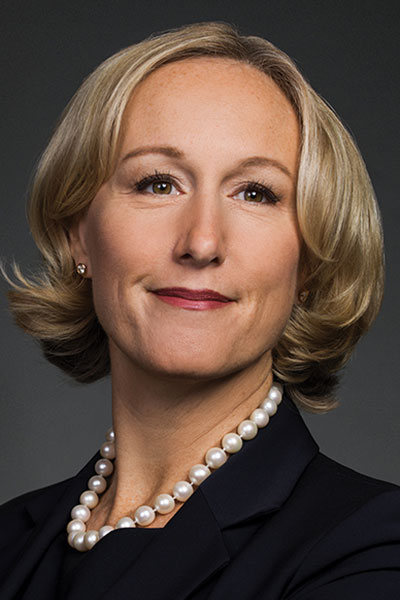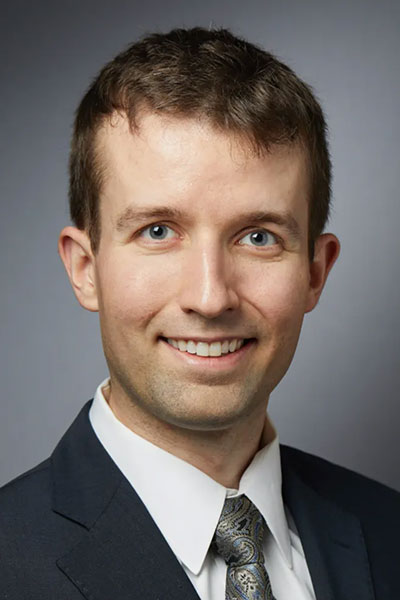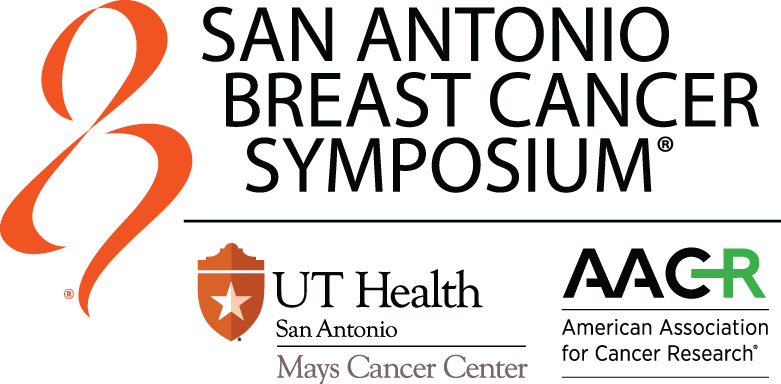Artificial intelligence (AI) has made enormous inroads in breast cancer research, diagnosis, and care. With even more applications in the works, the 2024 San Antonio Breast Cancer Symposium® is exploring the promise, hype, and reality of AI with two important sessions.

“Health care in the United States is a $4.5 trillion industry, and AI is going to disrupt the market,” said Debra Patt, MD, PhD, MBA, Executive Vice President for Policy and Strategy at Texas Oncology and Medical Director, Public Policy for The US Oncology Network. “There are going to be a lot of great ideas and a lot of bad ideas that we have to manage and distinguish. But there will be highly impactful AI solutions in every aspect of care delivery.”

Dr. Patt will moderate Educational Session 9: Artificial Intelligence in the Clinic, from 3:30 to 5:15 p.m. CT on Thursday, December 12, in Stars at Night Ballroom 3 & 4 at the Henry B. Gonzalez Convention Center. Immediately prior to that session, Frederick Howard, MD, Assistant Professor of Medicine at the University of Chicago, will moderate State of the Art Session 2: Revolutionizing Diagnosis and Discovery with Artificial Intelligence from 2 to 3 p.m. in Stars at Night Ballroom 1 & 2.
“Newer AI mammography tools that have been validated in tens of thousands, if not hundreds of thousands, of patients can not only improve the identification of existing cancers but also predict the future risk of breast cancer,” Dr. Howard said. “These approaches may help better identify who needs more intensive screening and who might benefit from preventive medications.”
AI can include everything from familiar voice-activated telephone response systems to improved mammography interpretation to intricate machine learning and neural networks that design and create proteins that never existed in nature.
Automated algorithms can arrive at decisions in ways that aren’t always familiar or obvious to human observers. Dr. Patt suggested that this will work best when physicians and patients stay central to the process and AI acts in support, informing and nudging clinical decisions.
AI is already a reality in screening mammography where computer-aided detection (CAD) is starting to increase sensitivity and specificity, Dr. Patt noted. AI-assisted pathology is an accepted part of colorectal cancer screening and is on the horizon for breast cancer pathology.
“AI solves a critical problem we have today in pathologic assessment, which is the high degree of inter-rater variability,” Dr. Patt said. “AI doesn’t make pathologists obsolete any more than AI-enhanced CAD mammography makes radiologists obsolete. AI just gives them greater reach, helps them to be more effective at what they’re doing and to work more efficiently.”
Drug discovery may be the biggest promise of AI. Traditional drug discovery uses enormous libraries of compounds that can be tested against new targets, tweaked, and tested again to create a molecule that works well enough to gain regulatory approval. AI offers the promise of starting with a target and the desired effects, then designing and synthesizing a highly specific molecule de novo. The 2024 Nobel Prize in Chemistry was awarded for work in AI-based protein prediction, design, and synthesis.
“It’s promising, and computational tools are certainly speeding drug development, but it’s too early to say we can expect a drug to be more effective or likely to succeed just because it was developed with AI,” Dr. Howard said. “Sometimes it’s hard to distinguish hype from reality.”
AI has its own problems distinguishing hype from reality. ASCO published AI guidelines earlier this year focused on concerns in patient-centered transparency, inherent bias, hallucinations, data fabrication, and other known AI problems.
“There are risks in AI and we need to be engaged in the development and adoption of these tools,” Dr. Patt said. “I hope this session inspires attendees with the world of the possible with AI and galvanizes them to become engaged in the adoption process.”
2024 SABCS® full program now available
Don’t miss the latest clinical trial findings and multidisciplinary discussions on every aspect of breast cancer and premalignant breast disease. The online program for the 47th annual San Antonio Breast Cancer Symposium® has been updated with session titles, presentation topics, and other details, including a list of the nearly 2,000 posters that will be presented during the week. Start planning your itinerary today!

